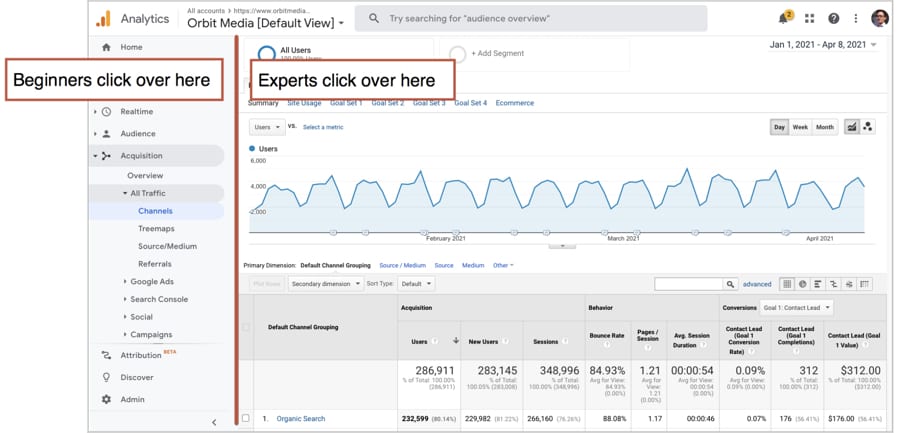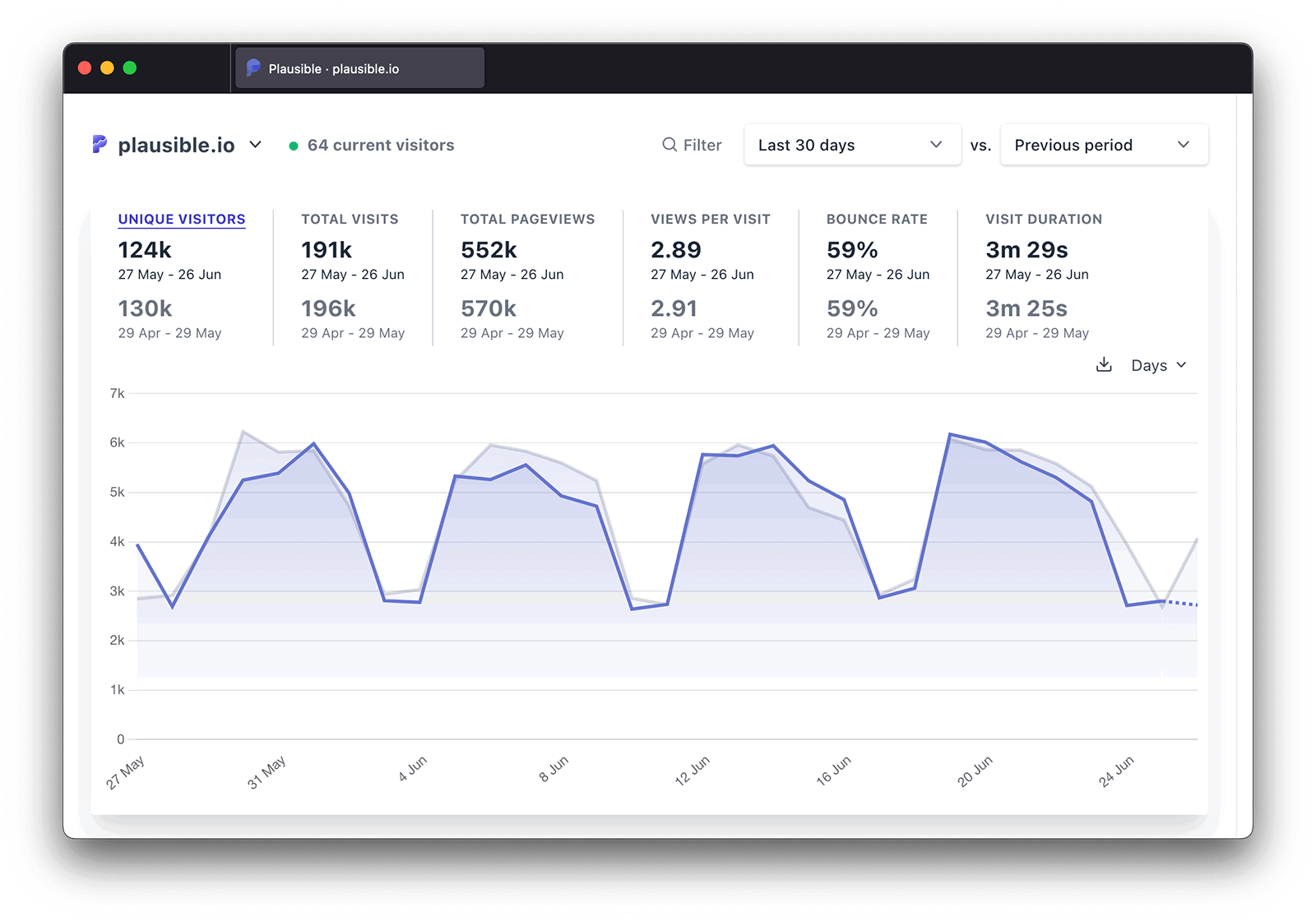Maximize Your Website Efficiency With Google Analytics Monitoring Code
In the digital landscape, comprehending individual communications with your site is critical for optimization. This strategic implementation not just informs your decisions but likewise leads the method for an extra engaging user experience.
Comprehending Google Analytics
Comprehending Google Analytics is necessary for website owners and marketing experts intending to optimize their on the internet visibility. This effective device supplies essential insights into user behavior, allowing stakeholders to make data-driven choices. By tracking numerous metrics, such as web page views, bounce rates, and customer demographics, Google Analytics helps identify which facets of a website are performing well and which call for renovation.
One of the key functions of Google Analytics is its ability to sector data. Users can assess website traffic resources, individual engagement, and conversion prices across various sectors, such as geographic locations or tool types. This granularity allows marketing professionals to tailor their methods to particular audiences, consequently enhancing the performance of their campaigns.

Establishing Monitoring Code
To harness the full possibility of Google Analytics, setting up the tracking code properly is a fundamental action. The tracking code, a bit of JavaScript, enables Google Analytics to accumulate data regarding customer interactions on your website.
Next, you'll need to embed this code right into the HTML of your website. Ideally, position the monitoring code right before the closing tag on every web page you desire to keep an eye on. Consider using plugins that help with very easy integration. if you're utilizing a material monitoring system (CMS) like WordPress.
After applying the code, it's essential to validate its functionality. Utilize the "Real-Time" reports in Google Analytics to verify that data is being collected as expected. By guaranteeing appropriate setup, you produce a strong structure for effective data analysis and critical decision-making to enhance your site's performance.
Key Metrics to Monitor
On a regular basis checking key metrics in Google Analytics is important for assessing your internet site's efficiency and user interaction. Among the fundamental metrics to track are page sights, which supply understanding into just how frequently users visit various pages on your website. In addition, one-of-a-kind site visitors assist you comprehend the reach of your content by indicating the amount of unique users are engaging with your website over a provided duration.
Bounce price is one more important metric, revealing the portion of visitors that leave your website after seeing just one page. A high bounce rate might indicate issues with material relevance or customer experience. Alternatively, session duration shows for how long visitors stay on your website, helping you determine material effectiveness and user interest.
Conversion prices are essential for determining the success of your website in attaining certain goals, such as type submissions or product purchases (when does the google analytics tracking code send an event hit to analytics?). Keeping track of website traffic sources is additionally essential, as it helps identify which networks drive one of the most traffic and conversions, permitting even more targeted advertising techniques
Studying Visitor Habits

In addition, tracking customer pathways via the site aids expose usual navigation patterns. This information is crucial in figuring out whether users can quickly find the material they seek or if they come across obstacles that cause disappointment. Recognizing high departure web pages can highlight areas that may require redesign or even more appealing content to maintain visitors.
Furthermore, segmenting customers based on demographics, interests, and habits gives a deeper understanding of the target market. This division enables businesses to tailor web content and advertising and marketing techniques a lot more properly, enhancing the probability of conversions. Ultimately, evaluating site visitor habits not only notifies internet site enhancements but likewise promotes an extra user-centric method, causing boosted complete satisfaction and loyalty over time.
Applying Data-Driven Adjustments
Implementing data-driven changes is a fantastic read necessary for boosting web site efficiency and attaining organization goals. By leveraging insights collected from Google Analytics, companies can recognize locations for renovation and make educated choices to maximize individual experience.
First, analyze essential performance indicators (KPIs) such as bounce rates, session duration, and conversion prices to identify specific issues affecting user engagement - when does the google analytics tracking code send an event hit to analytics?. As an example, a high bounce price on a touchdown page may indicate that the web content is not resonating with visitors or that the page takes too lengthy to tons

Conclusion
Finally, the application of Google Analytics tracking code is essential for enhancing web site efficiency. By accurately checking user behavior and key metrics, valuable insights can be acquired, assisting in data-driven decision-making - when does the google analytics tracking website link code send an event hit to analytics?. This procedure not just enhances user experience but also aligns with wider organization purposes. Continuous analysis and subsequent changes based on collected data will lead to sustained improvements, ultimately contributing to the discover this overall effectiveness and success of the site.
By tracking numerous metrics, such as page sights, bounce prices, and customer demographics, Google Analytics aids recognize which facets of a web site are executing well and which need enhancement.
Users can analyze website traffic resources, individual interaction, and conversion rates throughout different segments, such as geographical locations or device kinds. The monitoring code, a bit of JavaScript, allows Google Analytics to collect data concerning individual interactions on your internet site.Regularly checking key metrics in Google Analytics is essential for analyzing your site's efficiency and individual engagement. By leveraging Google Analytics, internet site proprietors can gain beneficial insights right into how customers connect with their site.